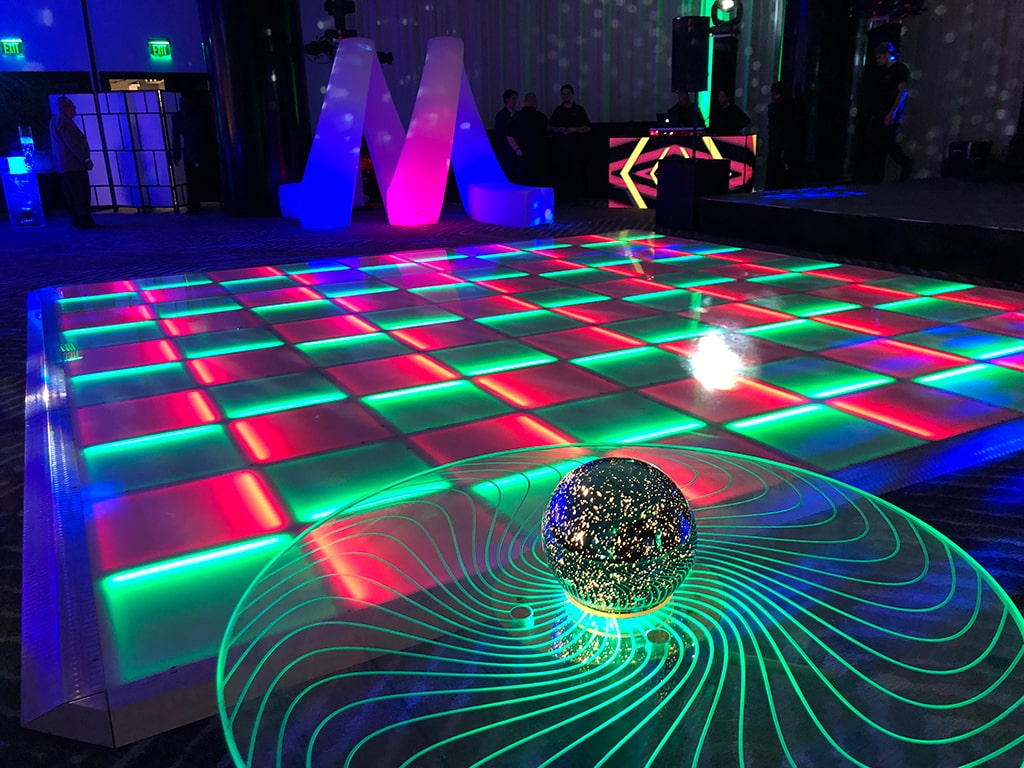A Life-changing Power for Lighting on Enhancing Dancing Area Aesthetics
A Life-changing Power for Lighting on Enhancing Dancing Area Aesthetics
Blog Article
Lighting plays a crucial role in shaping the ambiance of a dancing area. It can transform a plain space into an exciting setting that boosts the complete experience for performers and spectators alike. The appropriate lighting can impact the feeling, dynamism, and even the style of the performance being performed. By using different types of lighting, such as focused lights, colored lights, and strobe effects, event organizers can design a dynamic setting that enthralls the audience and invites participation.
One of the primary functions of lighting on a dance floor is to highlight the performers. Spotlights can be used to focus attention on individual dancers or groups, making them the center of attraction. This technique not only showcases their movements but also adds a layer of drama to the show. When dancers are illuminated properly, their expressions and skills become more apparent, allowing the spectators to value their abilities. This targeted lighting can also help to establish a story, guiding the spectators through the performance.
In addition to showcasing performers, colored illumination can greatly affect the mood of the dance floor. Different colors evoke different emotions; for instance, warm colors like crimson and amber can generate a sense of enthusiasm and vitality, while cooler colors like azure and emerald can encourage tranquility and ease. By strategically using news colored lights, event planners can manipulate the atmosphere to align with the concept of the occasion or the type of the performance. This thoughtful approach to lighting design can improve the complete encounter for all involved.
Flashing lights and other dynamic lighting effects can also add excitement to a dance floor. These features can generate a sense of beat and movement that complements the music being played. When synchronized with the rhythm, flashing lights can make the dancing area feel vibrant, inviting dancers to move in time with the flashing lights. This interaction between light and sound can boost the vitality of the event, making it more enjoyable for both performers and spectators. The use of such features requires thoughtful consideration to ensure they improve rather than distract from the performance.
Ultimately, the complete setup of the lighting setup is essential for creating a unified look on the dancing area. A well-thought-out lighting plan takes into account the configuration of the area, the type of dance being performed, and the spectators' encounter. By integrating various lighting methods, such as background lighting, accent lighting, and special effects, organizers can design a aesthetically stunning environment. This attention to specifics not only improves the performance but also leaves a memorable impact on the audience, making the event unforgettable. In summary, the transformative power of lighting is essential in improving dancing area appearance, establishing an engaging and pleasurable encounter for everyone.